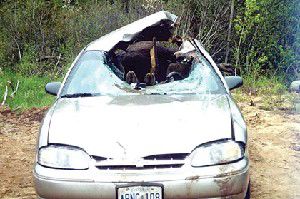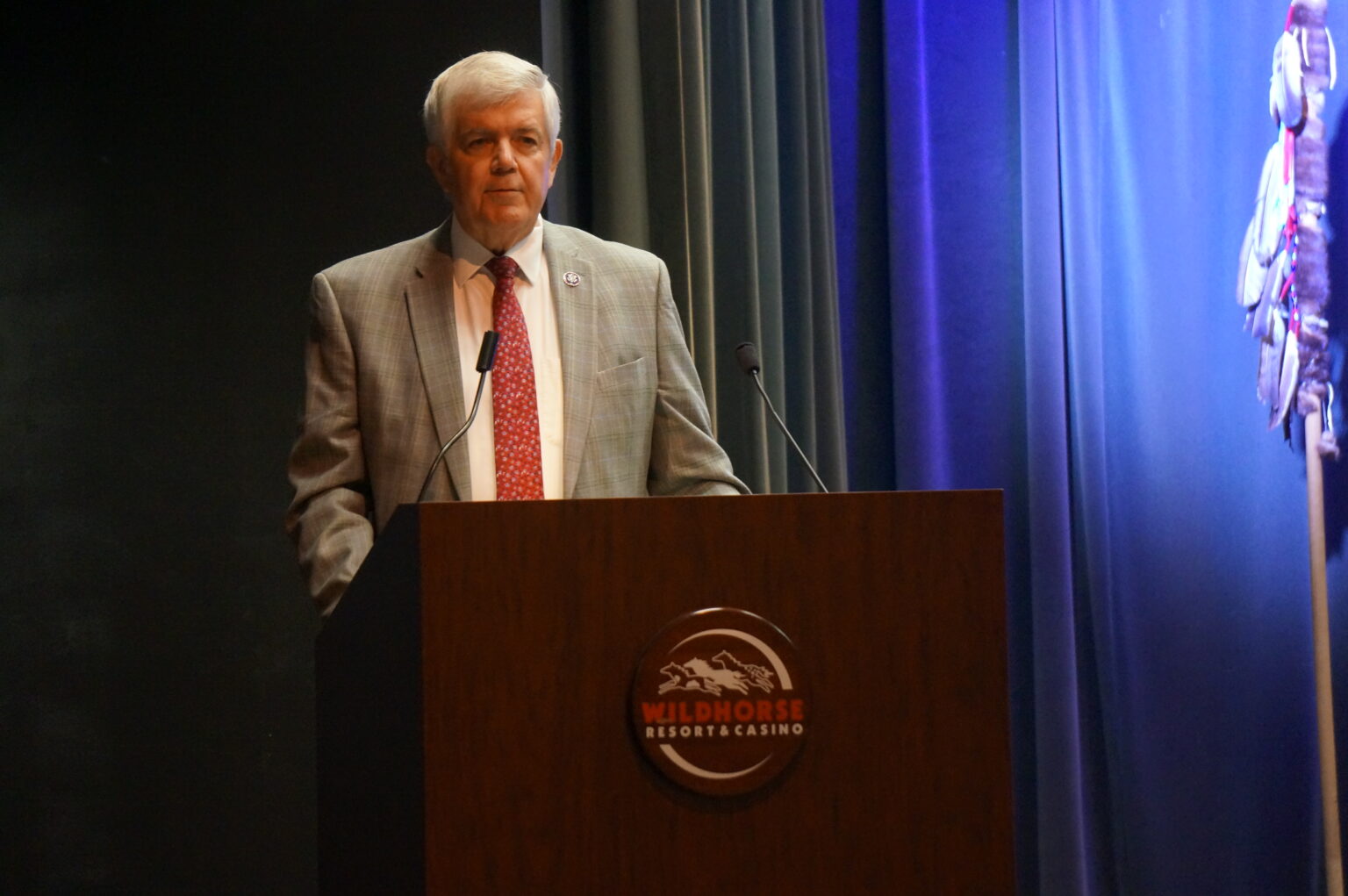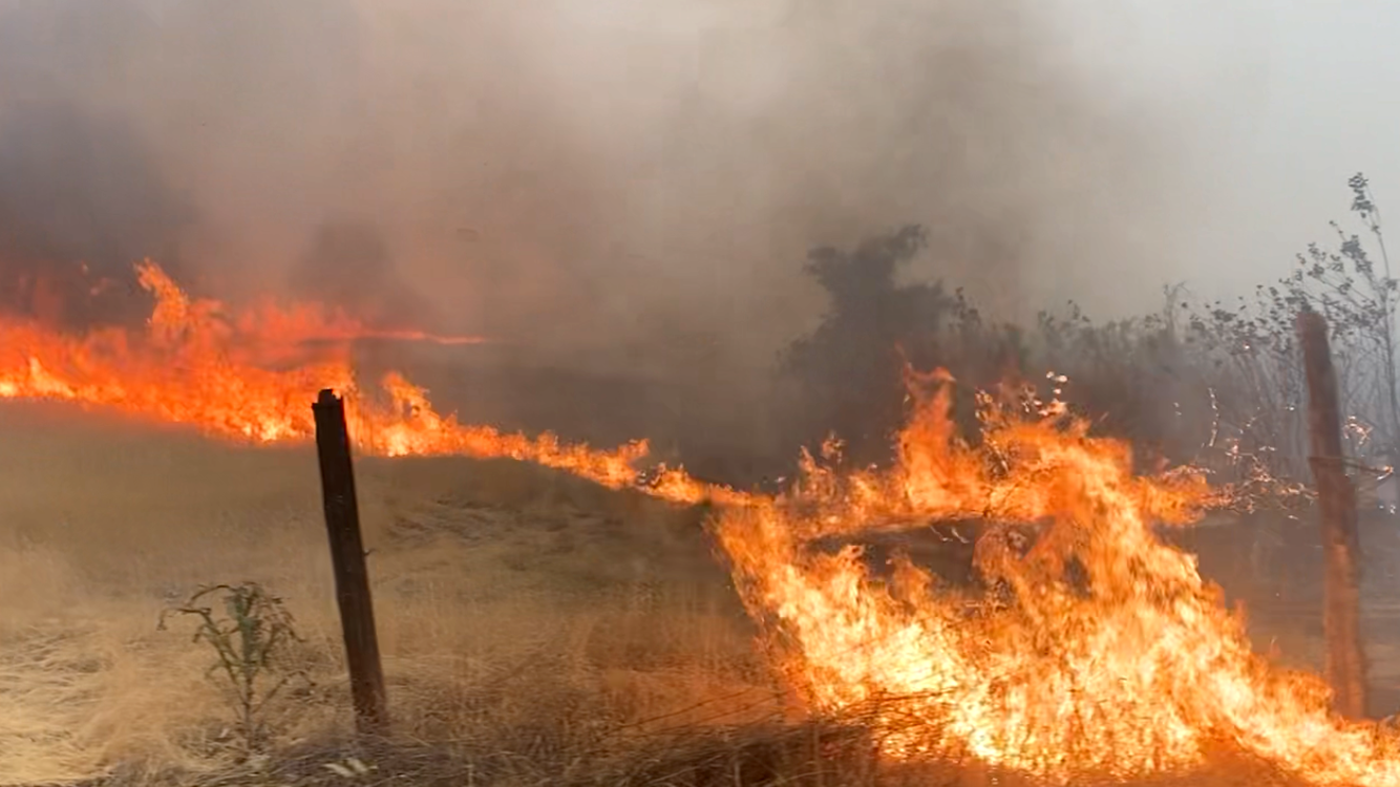Moose arrive in Oregon
Published 4:00 pm Tuesday, February 22, 2005

- The woman driving this car when it hit a moose near South River, Ontario, ended up with just a broken wrist and needing a good bath. Oregon State Police
ODFW expects calves this springLast November, a moose was seen just outside the La Grande city limits, standing in the Grande Ronde River. Although moose are rare in Oregon, sightings are becoming more common.
Trending
There are moose living in the Fry Meadow area of Union County on a fairly permanent basis, according to Oregon Department of Fish and Wildlife biologist Jim Cadwell.
Moose are not indigenous to Oregon, or at least have not been here since European settlement.
Sightings were recorded as early as the 1960s, but ODFW biologist Pat Matthews said that before the animals in Fry Creek, most of the moose sighted were solitary animals that would show up once and then leave.
Trending
Now, there are a group of four to 10 animals living here, and the group has both bulls and cows. ODFW is expecting calves to be born this spring. It would be the first documented birth of moose calves in Oregon.
Even if moose do begin to become more common in Oregon, they will not pose a threat to other large game species. Moose prefer different habitat than elk and deer, so there will not be significant competition for food, according to Eastern Oregon University biology professor Burr Betts,.
During the fall, winter, and spring moose feed primarily on aspen, black poplar, birch, and willow. The name “moose” was coined by the Algonquin Indian tribe and means “eater of twigs.”
For much of the year, moose can be found in clear-cuts and other areas where the soil has been moved around. Disturbed soil encourages the growth of their preferred food. In the summer, moose mainly eat vegetation that grows in water.
Moose are sometimes mistaken for elk by inexperienced hunters, although moose are much darker, have different antlers, and have many other distinguishing features. Moose tracks are similar to elk tracks, but are larger and more pointed.
Moose are no more dangerous than other hoofed animals, although they will attack if they feel threatened or if a cow is protecting her calf, Burr said
Moose often feed in the marshy areas next to roads, so they are somewhat more likely to be hit by cars. (As can be seen in the accompanying photo.)
Moose have become such a problem in urban areas of Alaska that feeding them is punishable by a $5,000 fine and up to one year in jail.
There are some 300 moose that live within the Anchorage city limits all year, and they sometimes have to be shot.
The moose is listed as a game animal in Oregon, although no tags are issued.
Matthews was reluctant to say how many moose would have to be present in Oregon before they could be hunted, and said that it was not going to happen in the immediate future.
So far, there have been no moose reported in Grant County. The county’s terrain may be too dry to attract moose, Matthews said, although he is not overly familiar with the area.
With all the controversy surrounding the reintroduction of the wolves, an animal 10 times larger than a wolf has slowly been coming to Oregon in increasing numbers.
Online (www.mooseworld.com)









